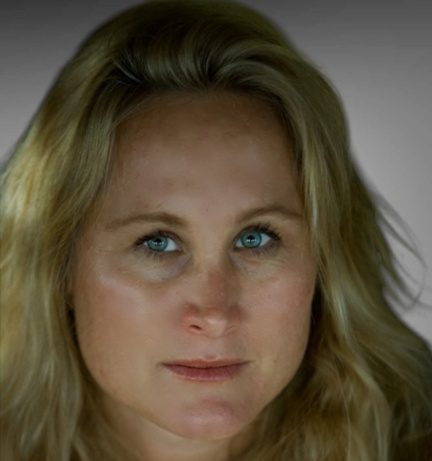Land
WHY IT’S TIME TO ADDRESS THE MISSING MIDDLE HOUSING MARKET
Here’s how we can solve affordable housing and build walkable, diverse neighborhoods.
The “missing middle ” refers to multi-unit or clustered housing that’s more compact than single-family homes but less dense than apartment buildings. Coined by architect Daniel Parolek, the term emphasizes the need for a variety of housing options to bridge the gap in the housing market, particularly in walkable urban areas. It refers to duplexes, triplexes, fourplexes, courtyard apartments, bungalow courts, and townhouses; they create diverse, mixed-income neighborhoods, which are vital for addressing the housing crisis in many cities.
Why Missing Middle Housing is Critical
The traditional housing market is focused on two extremes: single-family homes and high-rise apartment buildings. However, this leaves a gap in housing that’s affordable, smaller in scale, and well-suited to walkable places. Missing middle housing helps meet the demand for affordable housing and it’s often the best option for small families, couples, single people, and elderly residents who want to downsize without leaving the neighborhoods where they live.
Medium-density housing is a smart way to use land, especially in cities experiencing rapid growth where space is limited. According to the U.S. Census, nearly 60% of all urban land is zoned exclusively for single-family homes, which leads to sky-high home prices. By promoting missing middle housing, cities can create more affordable, sustainable, and inclusive neighborhoods without high-rise developments which often face opposition from local residents.
The Benefits of Mixed-Unit Neighborhoods
Mixed-unit neighborhoods have a range of social and economic benefits. First, they allow for more diverse communities by accommodating different income levels and housing preferences. For instance, a single street could contain a mixture of duplexes, townhouses, and courtyard apartments, for low- and middle-class families alongside higher-income households. Creating diversity in housing would do a lot for real-world diversity too. It’d help stop the economic segregation which is rampant in cities like New York. It’d also do a lot to stop the shameful inequities and disparities in public schools which are almost tied to property taxes.
Moreover, mixed-unit neighborhoods lead to walkable communities because more people can live within walking distance of services, shops, and public transportation. There is just not the density to support businesses within walking distance in single-home neighborhoods. And this in turns encourages public transportation and good old-fashioned walking, which lessens traffic and pollution, benefitting us all. Portland, Oregon has begun allowing duplexes, triplexes, and fourplexes to be built on lots previously reserved for single-family homes to alleviate the city’s housing shortage; other cities should follow suit.
How to Overcome Barriers to Middle Housing
While the benefits of missing middle Housing are clear, there are serious barriers too. Zoning in many cities favor single-family homes and limits what can be built in residential areas. Opposition from residents who fear that higher-density housing will change the character of their neighborhoods often hampers development efforts too. But local governments can overcome this by changing zoning regulations to allow for flexibility. It’s also important that city planners, developers, and communities communicate about cities’ needs too. Because in the end, missing middle housing creates a solution to the housing shortage crisis in many cities. But achieving diverse, walkable communities requires changes in zoning laws and a collaborative approach to planning while promoting the benefits of increased housing diversity.
For more info, read Missing Middle Housing: Thinking Big and Building Small to Respond to Today’s Housing Crisis by Daniel Parolek, published by Island Press in 2020.



